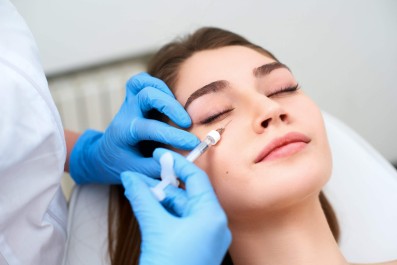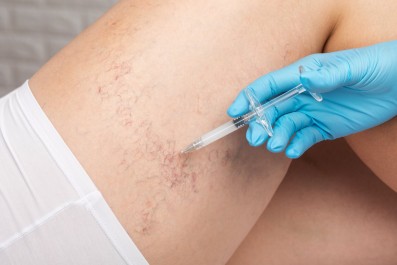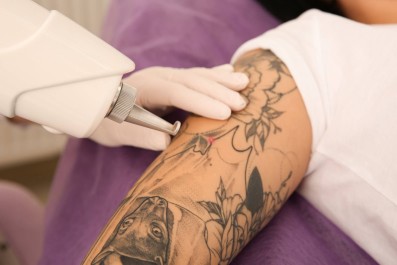Chemical Peels for Acne

Chemical peels can give you a head start in winning the battle against acne. They help fade dark marks caused by acne and kill acne causing bacteria.
Regenerative Skin Therapy
Chemical peels are a form of regenerative skin therapy. A chemical peel solution, usually containing alpha hydroxy acid (AHA) and/or beta hydroxy acid (BHA), is applied to the surface of the skin. The acids cause the epidermis of the skin to exfoliate and eventually peel off. Creating a controlled wound allows the skin to regenerate itself.
As the chemical peel lifts dead skin off the surface it makes room for more skin cells to migrate upward. These younger skin cells have a healthier appearance in comparison to the dead skin cells they replaced. The regenerated skin is healthier and often acne scar free. Chemical peels also stimulate the production of collagen beneath the skin. This fills in pitted scars and makes the skin both strong and flexible.
Cleopatra’s Beauty Secret
Chemical peels are very safe, beauty experts have been using them to heal the skin for thousands of years. Although the ancient beauties probably had no idea that they were using acids to strip away dead cells from the epidermis of the skin. Egyptian queen Cleopatra was known to bathe in tubs of milk. Milk contains lactic acid, which is still used in the twenty-first century chemical peels for acne. Cleansing the face with apple cider vinegar has been used since the ninetieth century to help with acne and sun damage. Vinegar is a form of acetic acid, which is still used in homemade acne chemical peels.
Choosing the Right Chemical Peel for You
Many things can cause acne, that’s why it’s critical to choose the correct chemical peel for your skin. At The National Laser Institute Med Spa an esthetician will ask questions to determine which chemical peel will be most beneficial to your skin troubles. Here is a list of acids commonly used in chemical peels and what skin conditions they treat.
▪Alpha-hydroxy acids, also known as AHAs, are used to loosen the “glue” between skin cells. AHAs are found in almost all chemical peels, with the exception of salicyclic acid chemical peels.
▪Beta-hydroxy acids, also known as BHAs, also loosen dead skin cells on the surface of the skin. Beta-hydroxy acid is very mild chemical peel.
▪Omega-hydroxy acids, it’s also important to discus what shouldn’t be used. Omega-hydroxy acids break up the waxy surface of leaves and stems of plants. These chemicals have no benefit for human skin. If you come across a skin care product advertising omega-hydroxy acids, don’t use it.
▪Glycolic acid is the most commonly used chemical peel for acne-prone skin. It is typically use to open the skin rather than to remove brown spots. It’s ability to open pores makes it the preferred chemical peel for dry skin. Glycolic acid can be used in high strengths. Over the counter products can contain up to 10%, medical grade chemical peels can contain up to 30%.
▪Lactic acid is the acid found in milk. It is especially useful for removing brown spots on tight, oily skin.
▪Salicyclic acid is used on dark skin. It is both a peel and an anti-inflammatory. This is a great chemical peel for dark marks caused by acne. Salicylic acid is used in much lower concentrations, never more than 3%.
Your skin will greatly benefit from making chemical peels part of you skin regimen. Our esthetician’s always take time in answering your questions to determine what chemical peel is best for each individual. Please call 800.982.6817 or use the drop down menu on the right of the screen to schedule your free consultation today.









